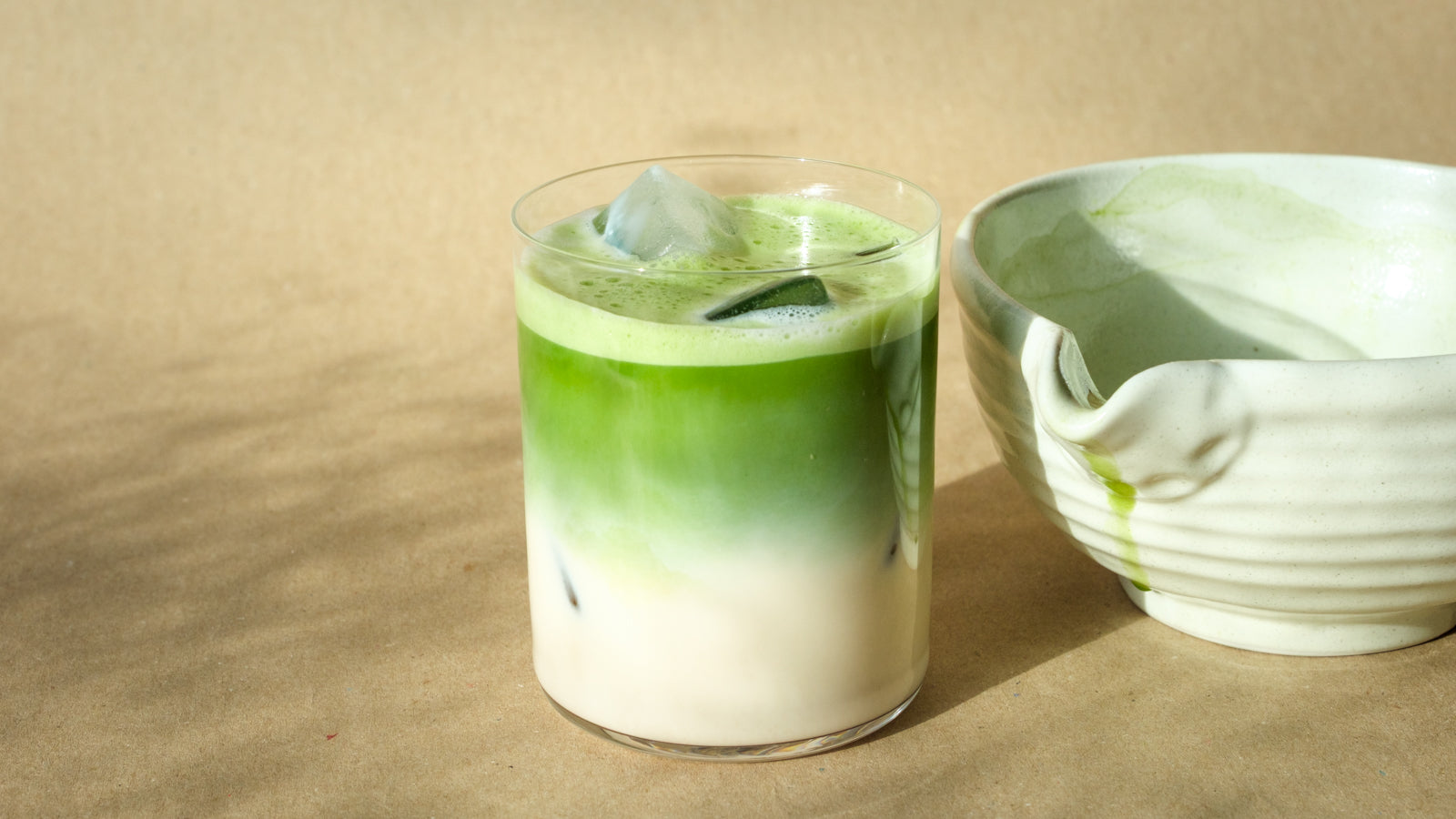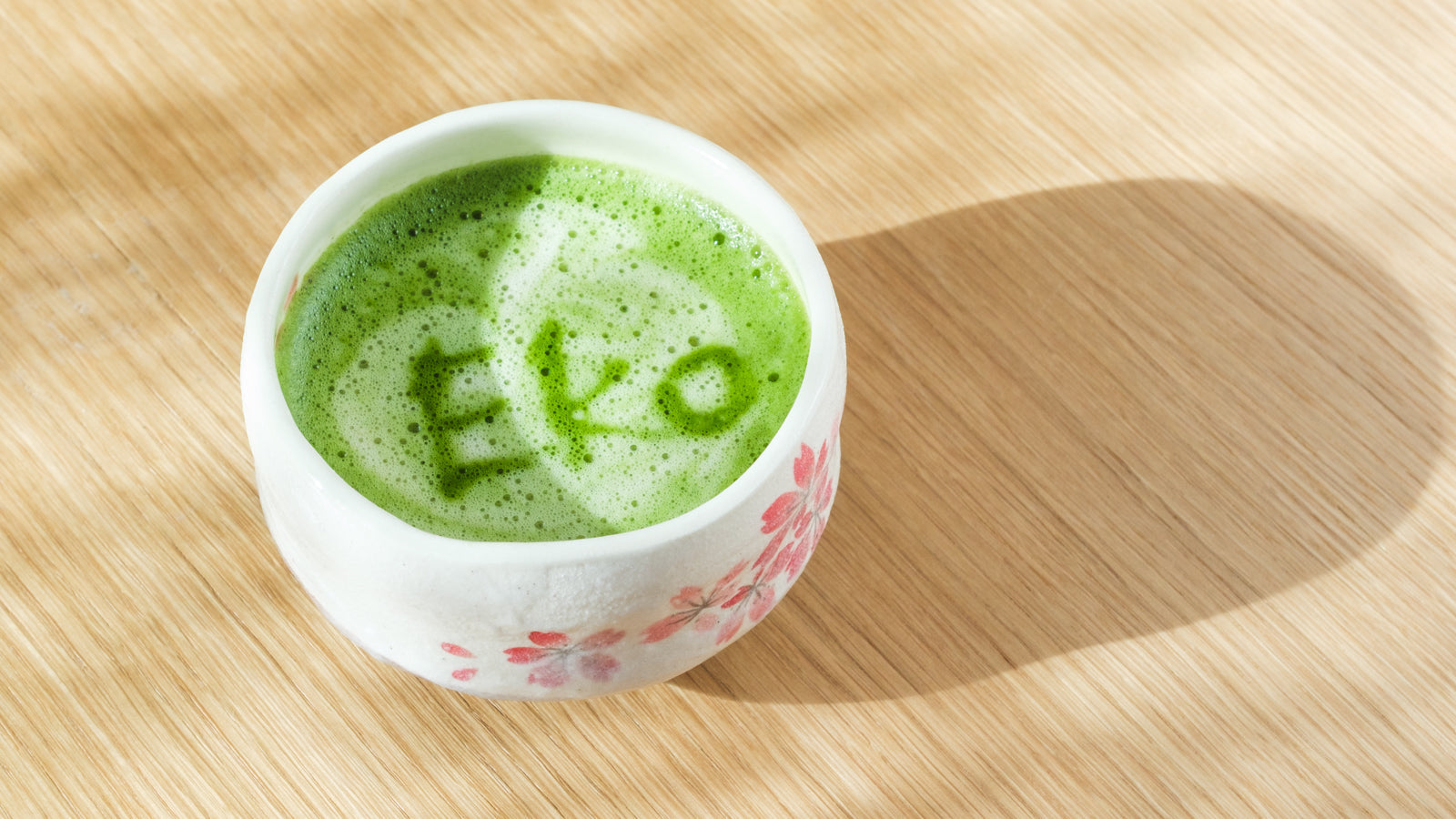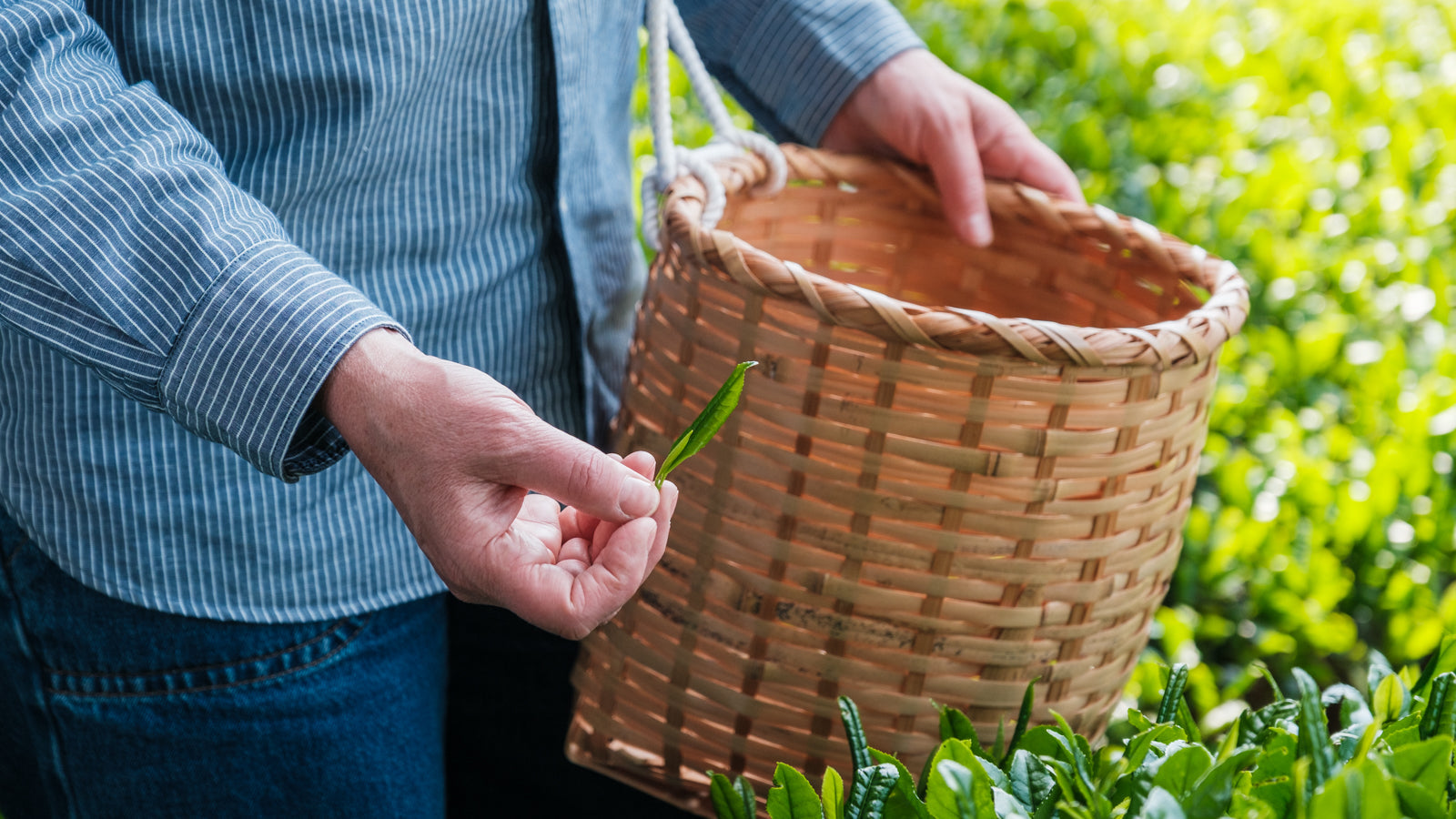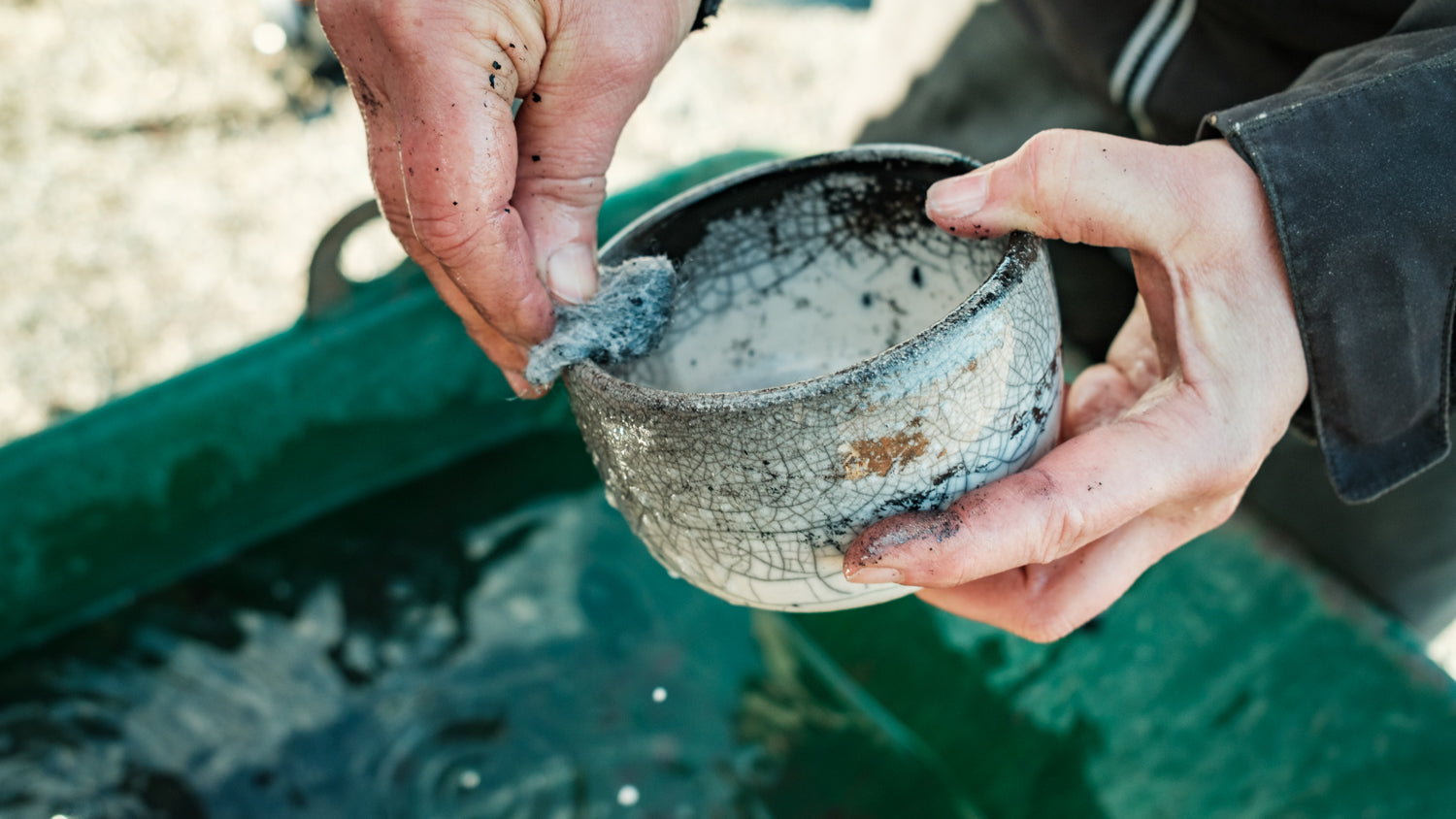Matcha is more than just sweetness!

Matcha offers a complex taste experience beyond just sweetness and, not unlike wine, matcha has many different flavor profiles. The choice of cultivar, origin, shading of the tea plant, climate and how the matcha is produced after harvest have a great impact on the end result. In addition to the fresh character of matcha with a certain earthy undertone, there is a distinct sweetness, umami and roughness at the core.
Sweetness & Umami
There is no "sugary" sweetness in matcha and the sweetness that many people perceive is usually umami, which comes from L-theanine (the amino acid formed when the tea plant is shaded). Umami also adds a full and rich character. There are also specific cultivars that produce more L-theanine and are therefore perceived as sweeter.
The natural sweetness of matcha helps to round out the remaining strong flavors often present in green teas. Therefore, you can use a matcha with a higher hardness and umami for a matcha latte as the sweetness from the milk helps to balance the flavor.
Astringency & Bitterness
The astringency, often mistaken for bitterness, is nothing to be afraid of. It is part of the flavor profile of matcha and adds structure and body. The amount of harshness can help to lift other flavors and is essential to complete the overall flavor profile of matcha.
Astringency is experienced, while bitterness is a taste. It is usually only when you taste a low-quality matcha. as you will feel a more pronounced bitterness. Bitterness can also appear if you have used too much matcha, too hot water or stored it incorrectly so it has oxidized.



